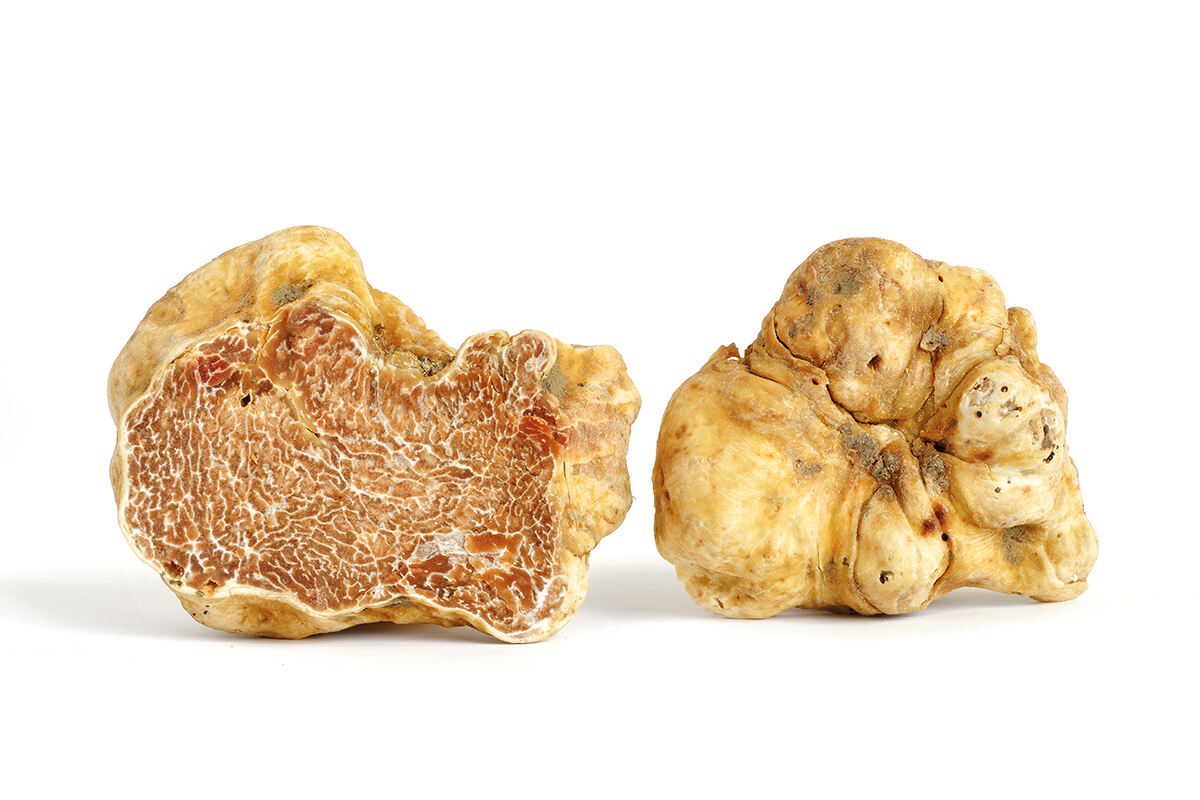In the diverse and enigmatic world of British fungi, Tuber borchii, also known as the Bianchetto or Whitish Truffle, emerges as a herald of spring. Esteemed for its culinary value, this truffle species offers a palatable alternative to the illustrious White Truffle (Tuber magnatum), captivating gourmets with its mild, garlic-infused aromas. The pursuit of Tuber borchii unfolds across the British countryside, revealing a narrative rich with ecological nuances and gastronomic potential.
The Allure of Tuber Borchii
Tuber borchii’s peridium, or outer surface, is a testament to its natural elegance, presenting a smooth texture that ranges from white to reddish-brown. This visual appeal is matched by its aromatic profile, offering a milder yet distinctly garlicy essence, much akin to its revered cousin, Tuber magnatum. Its arrival in spring marks a season of foraging anticipation, as enthusiasts and culinary experts alike seek out its hidden treasures.
Preferred Associates: Trees and Habitat
Tuber borchii exhibits a remarkable ecological versatility, engaging in symbiotic relationships with a wide array of host trees. This truffle favours the company of:
- Hazel (Corylus avellana): With its widespread presence, hazel offers an ideal symbiotic partner, facilitating the truffle’s growth in mixed woodlands.
- Oak (Quercus spp.): Both English oak (Quercus robur) and Holly oak (Quercus ilex) provide robust environments for Tuber borchii, supporting its development with their extensive root systems.
- Pine (Pinus spp.): Pine forests, especially those on well-drained slopes, create conducive conditions for Tuber borchii, enriching its flavour profile.
The truffle thrives in calcareous soils, where limestone or chalk lend their alkaline character to the terroir. These soil conditions, coupled with the truffle’s preference for well-aerated, sandy loams, delineate the geographical pockets of its presence across the UK.
The Ideal Terroir
- Soil and pH: Tuber borchii’s affinity for alkaline conditions directs foragers to calcareous regions, where the soil pH tilts towards the basic spectrum. These environments, rich in calcium carbonate, nurture the truffle, enhancing its aromatic qualities.
- Habitat: Favouring the transition zones where woodlands meet open spaces, Tuber borchii is often found at the edges of forests, where sunlight and shade interplay. Its habitat is characterized by moderate moisture and the absence of waterlogging, ensuring the truffle’s mycelium thrives.
- Climate and Altitude: While adaptable, Tuber borchii benefits from the mild, damp conditions of the British spring. Found from sea level to upland areas, it flourishes particularly well in locales that offer cool winters followed by gentle warmth, signalling the truffle to emerge from its subterranean realm.
Bibliography
- “Fungi of Temperate Europe” by Thomas Læssøe and Jens H. Petersen: Offers extensive coverage on European truffles, with a section dedicated to the spring varieties found in the UK, including identification tips and ecological notes.




